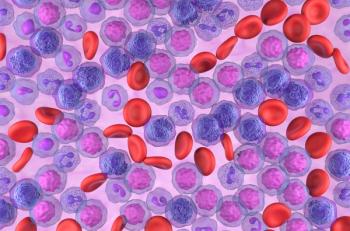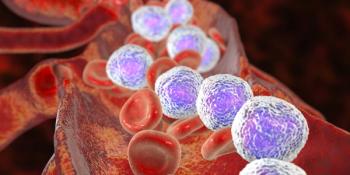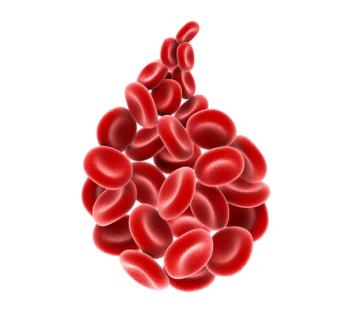
Shaji Kumar, MD, Reviews PFS With Daratumumab-Containing Therapy in Frontline Myeloma
At EHA 2021, Shaji Kumar, MD, reflects on the significance of 5-year data from the MAIA study of a daratumumab combination in patients with multiple myeloma.
CancerNetwork® sat down with Shaji Kumar, MD, of the Mayo Clinic, at the 2021 European Hematology Association (EHA) Congress to talk about the statistically significant improvement in progression-free survival observed when daratumumab (Dazalex) was added to lenalidomide (Revlimid) and dexamethasone (D-Rd) versus the 2-drug combination alone in the phase 3 MAIA trial (NCT02252172).1 Kumar also mentions overall survival being consistent with all the subgroups of patients.
Transcript:
Previous reports of the MAIA study [published] in the New England Journal of Medicine had included the earlier data that showed the significant improvement in progression-free survival and the improved depth of response in the overall response rate with the 3-drug combination compared with the 2-drug combination. Now with longer follow up, we continue to see the significant difference in progression-free survival. In fact, at 16-months, the progression-free survival rate for the daratumumab combination was 52.5% compared with 28.7% for lenalidomide and dexamethasone, so [there was] almost a doubling of the 16-month PFS rate with the [D-Rd] combination.
The initial data that was seen has been confirmed by the longer follow up. And then additionally…overall survival improvement appears to be consistent across all the subgroups of patients, irrespective of the age, baseline renal function, [and International Staging System] stage. The impact of adding daratumumab was less evident in patients with high-risk disease. But again, as data matures, we’ll get a better sense of what this means because only a small proportion of patients are high risk.
References
1. Theirry F, Kumar S, Torben P, et al. Overall survival results with daratumumab, Lenalidomide, and dexamethasone versus lenalidomide and dexamethasone in transplant-ineligible newly diagnosed multiple myeloma: phase 3 MAIA study. Presented at: 2021 European HematologyAssociation Annual Meeting; June 9-17, 2021; Virtual; Abstract LB1901. Accessed June 29, 2021. https://bit.ly/3hmf7l9
2. Facon T, Kumar S, Plesner T, et al. Daratumumab plus Lenalidomide and Dexamethasone for Untreated Myeloma. N Engl J Med. 2019;380(22):2104-2115. doi:10.1056/NEJMoa1817249
Newsletter
Stay up to date on recent advances in the multidisciplinary approach to cancer.


















































































